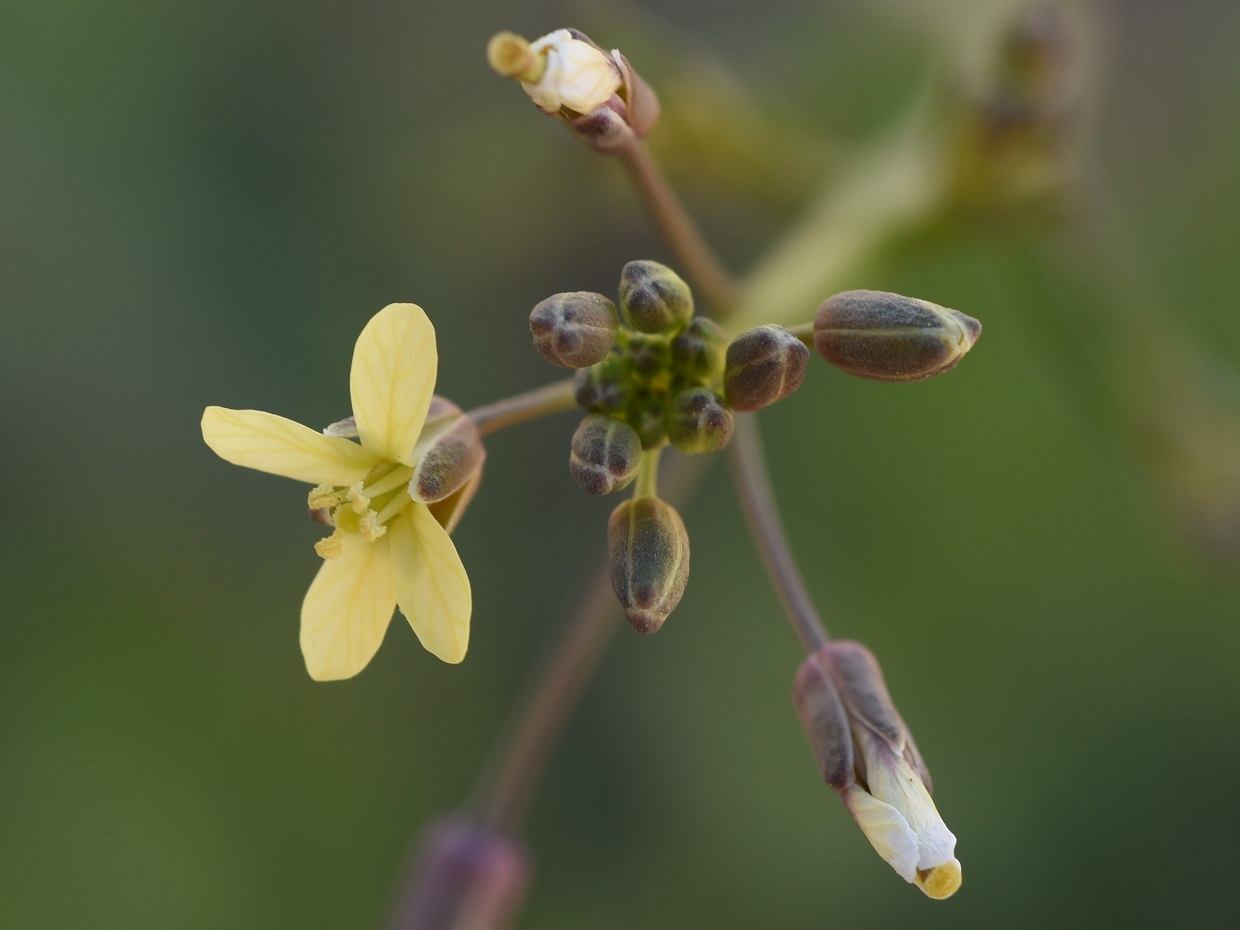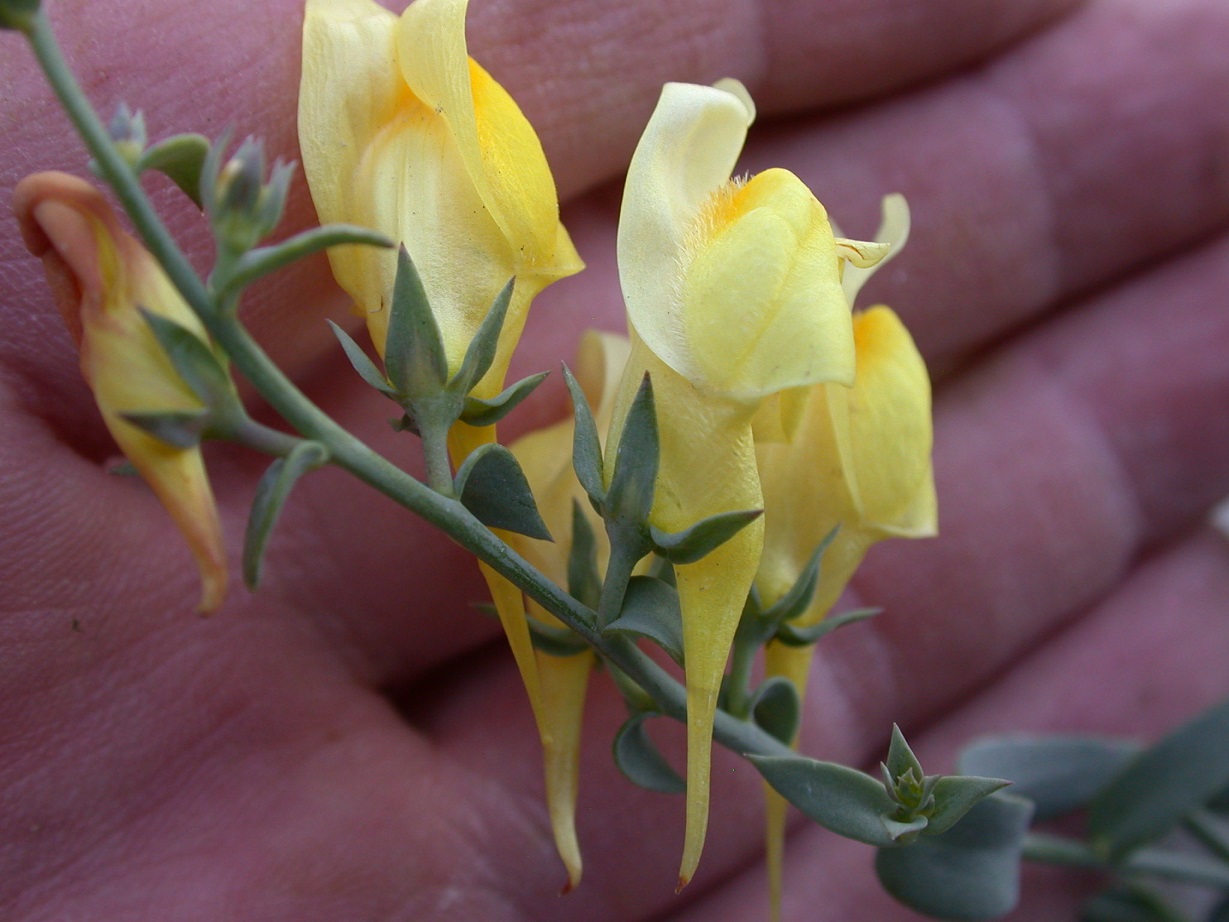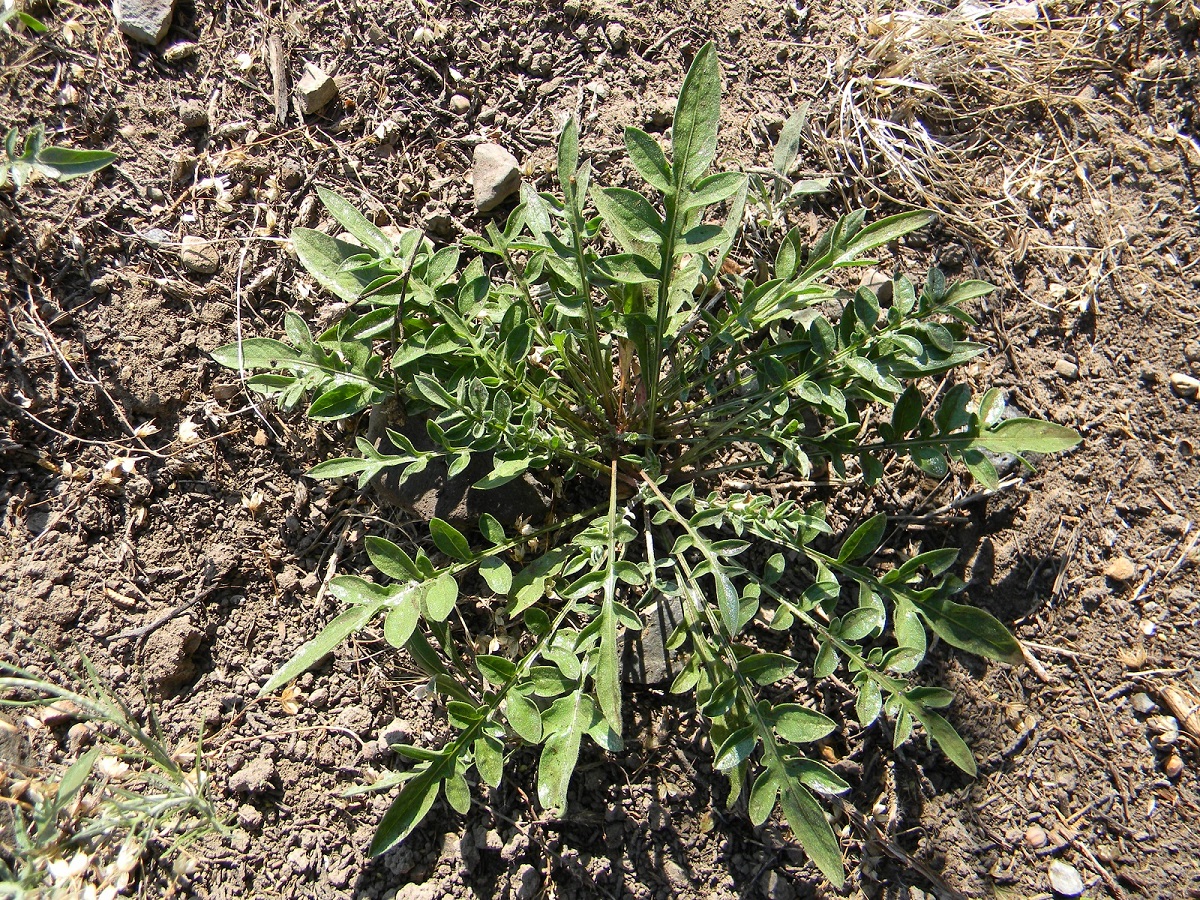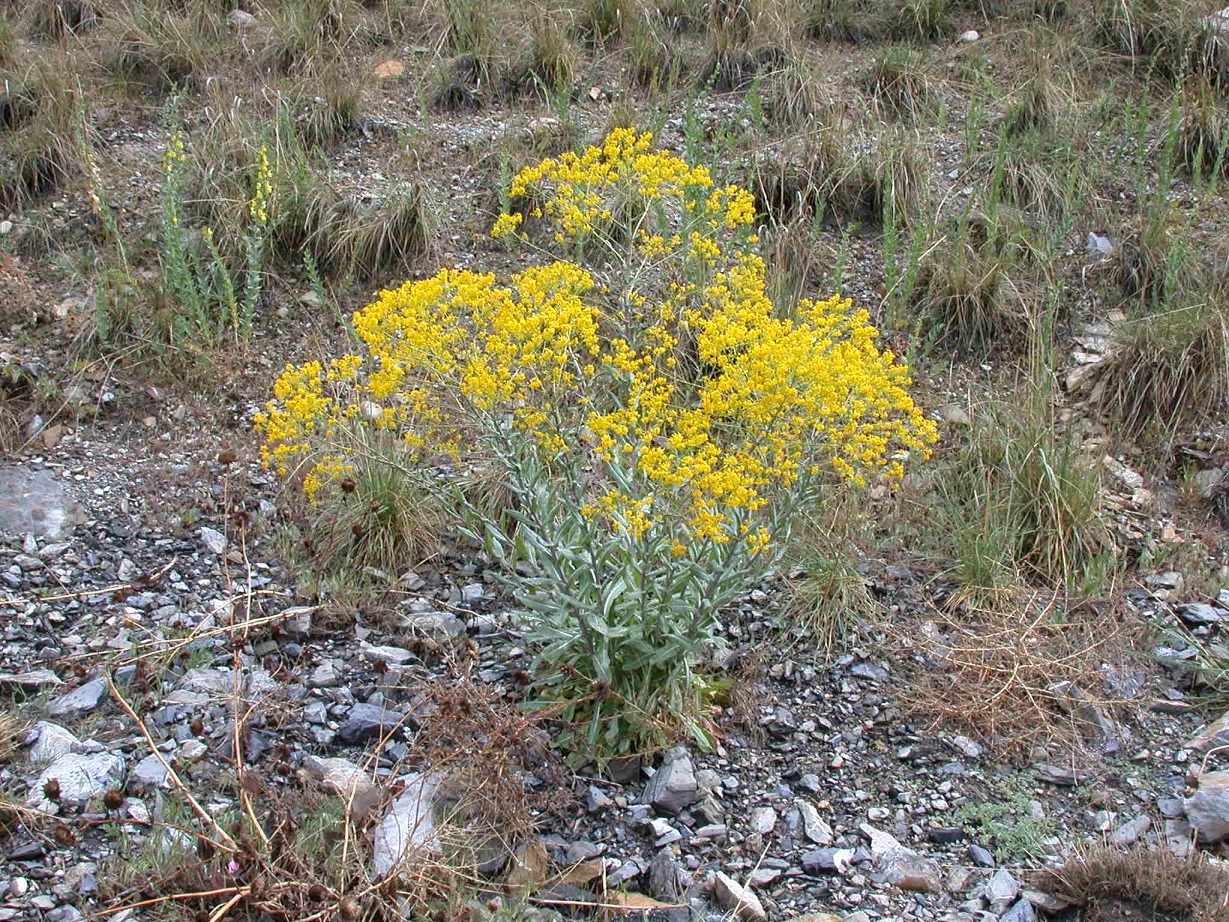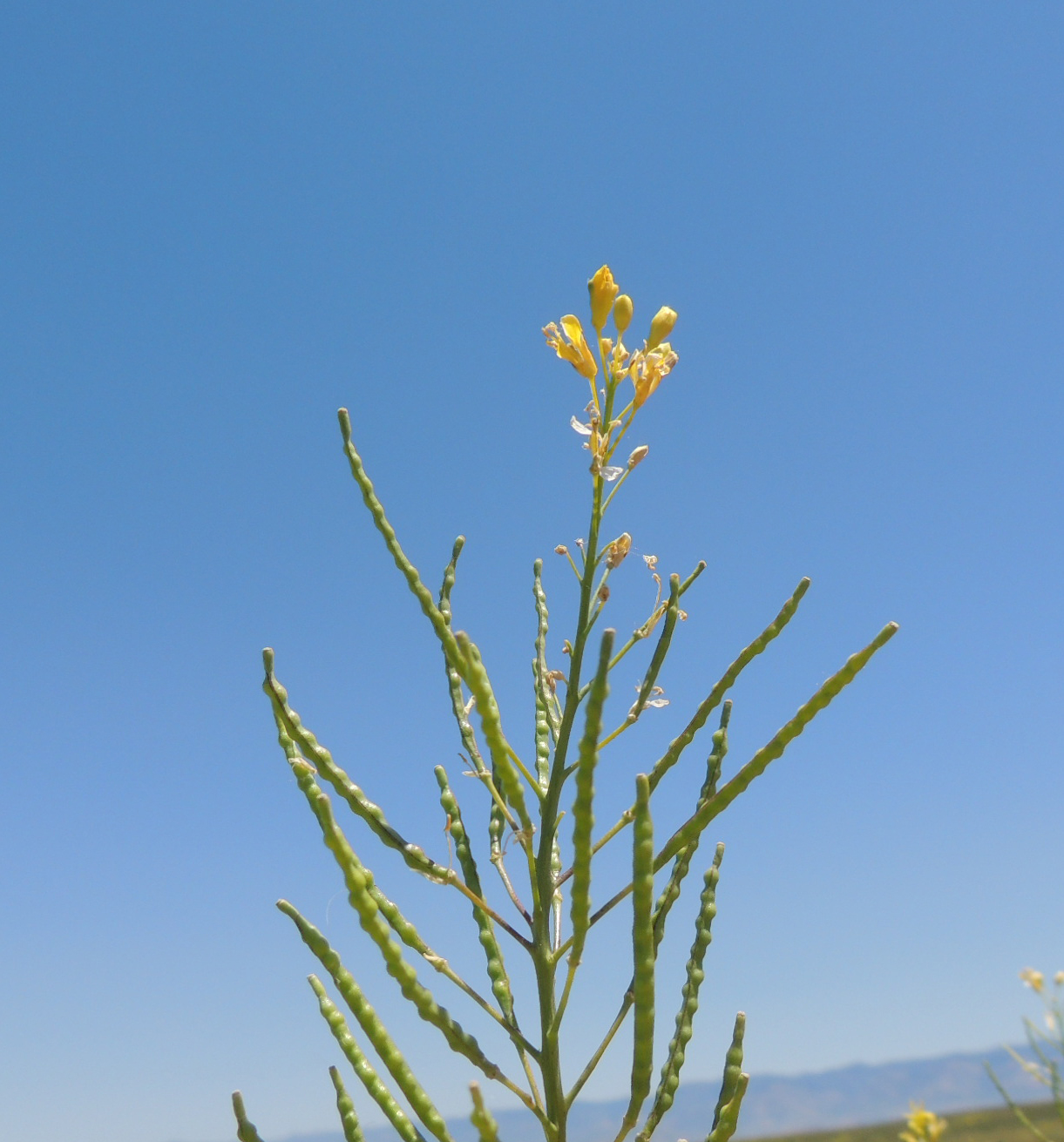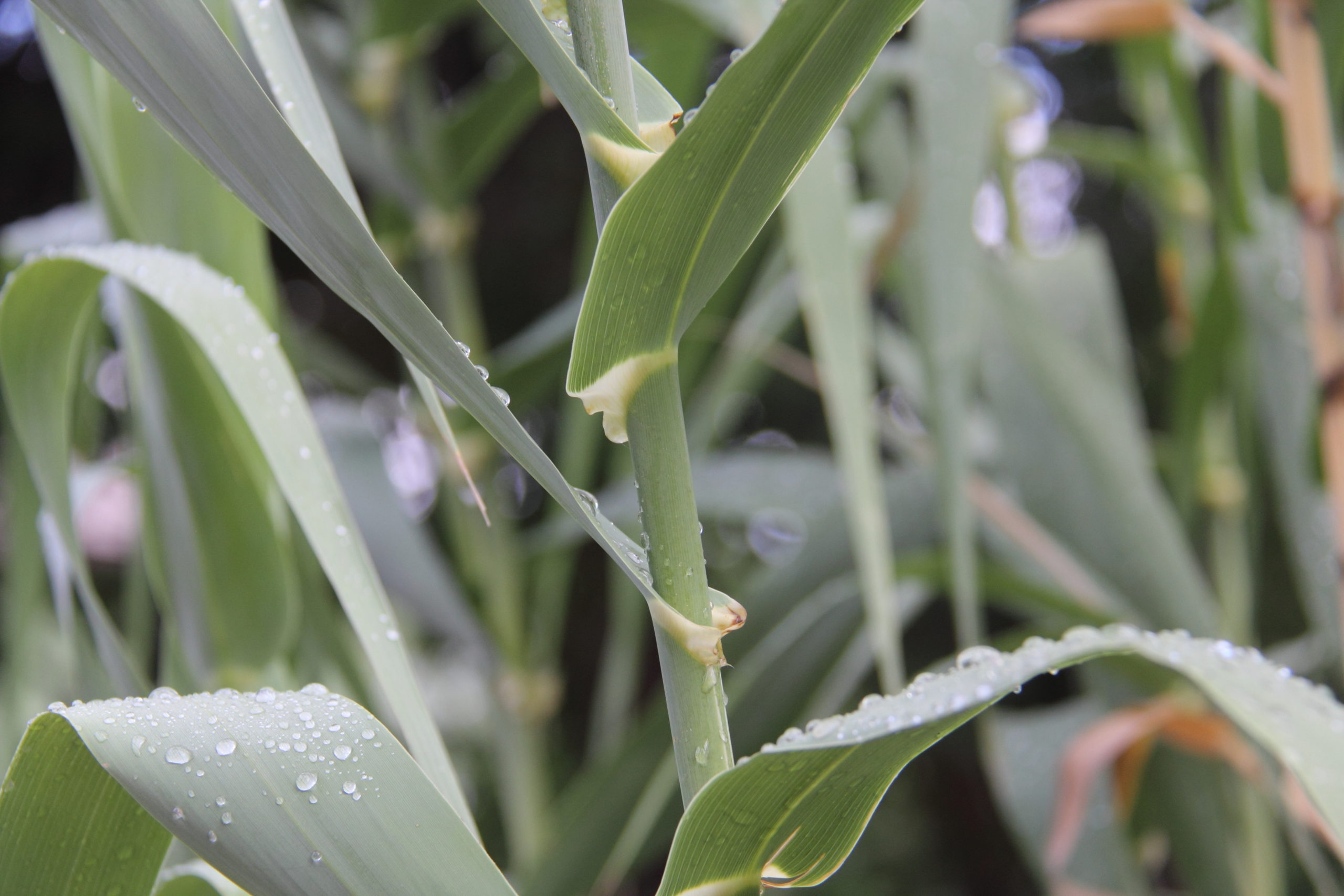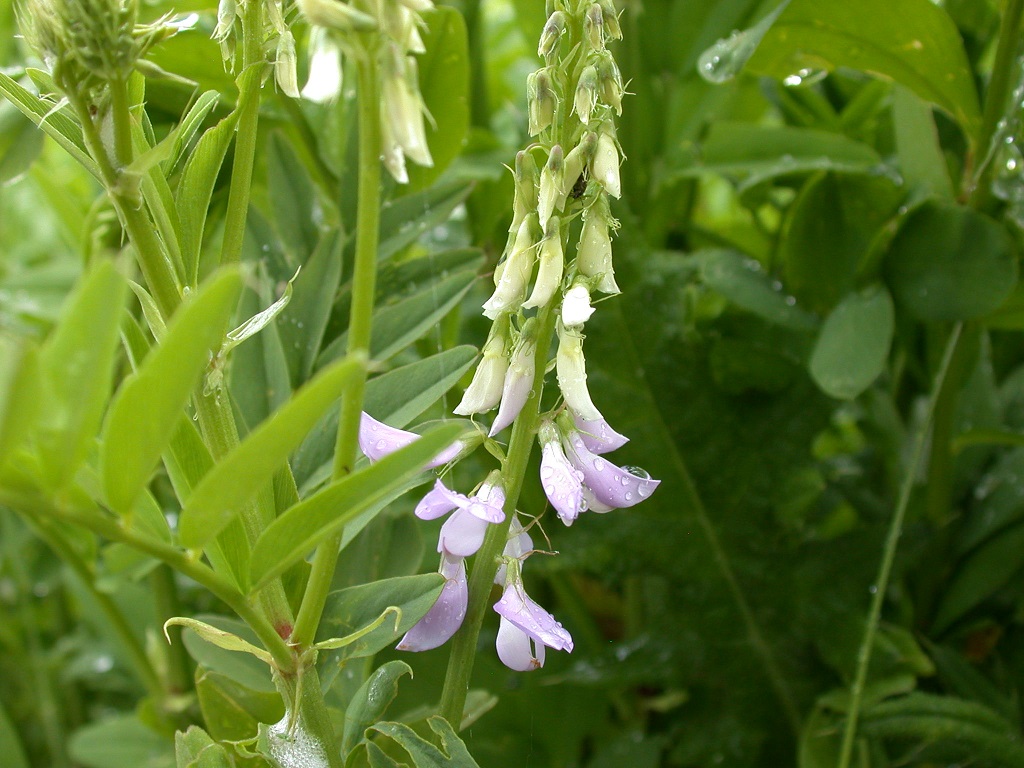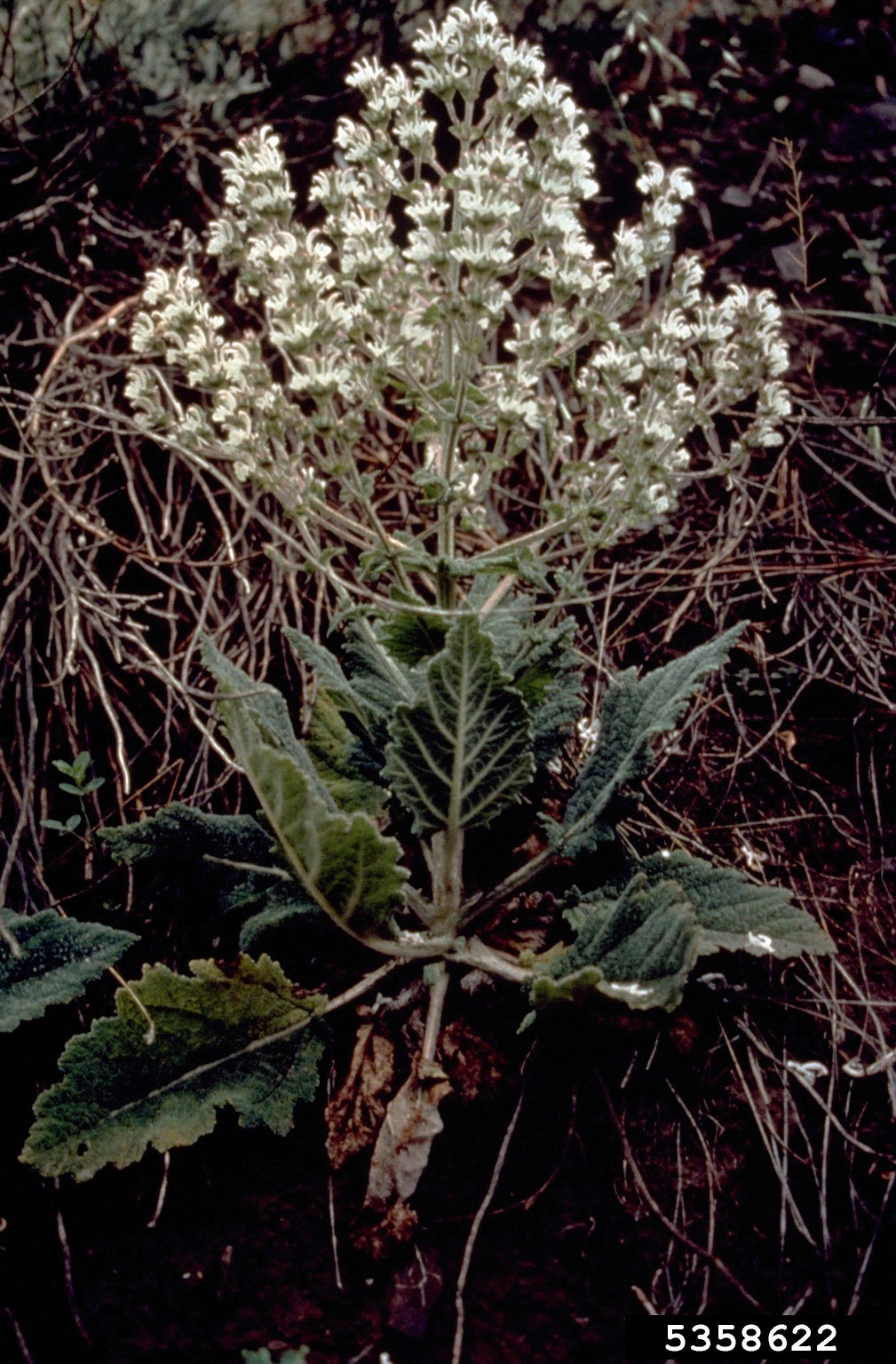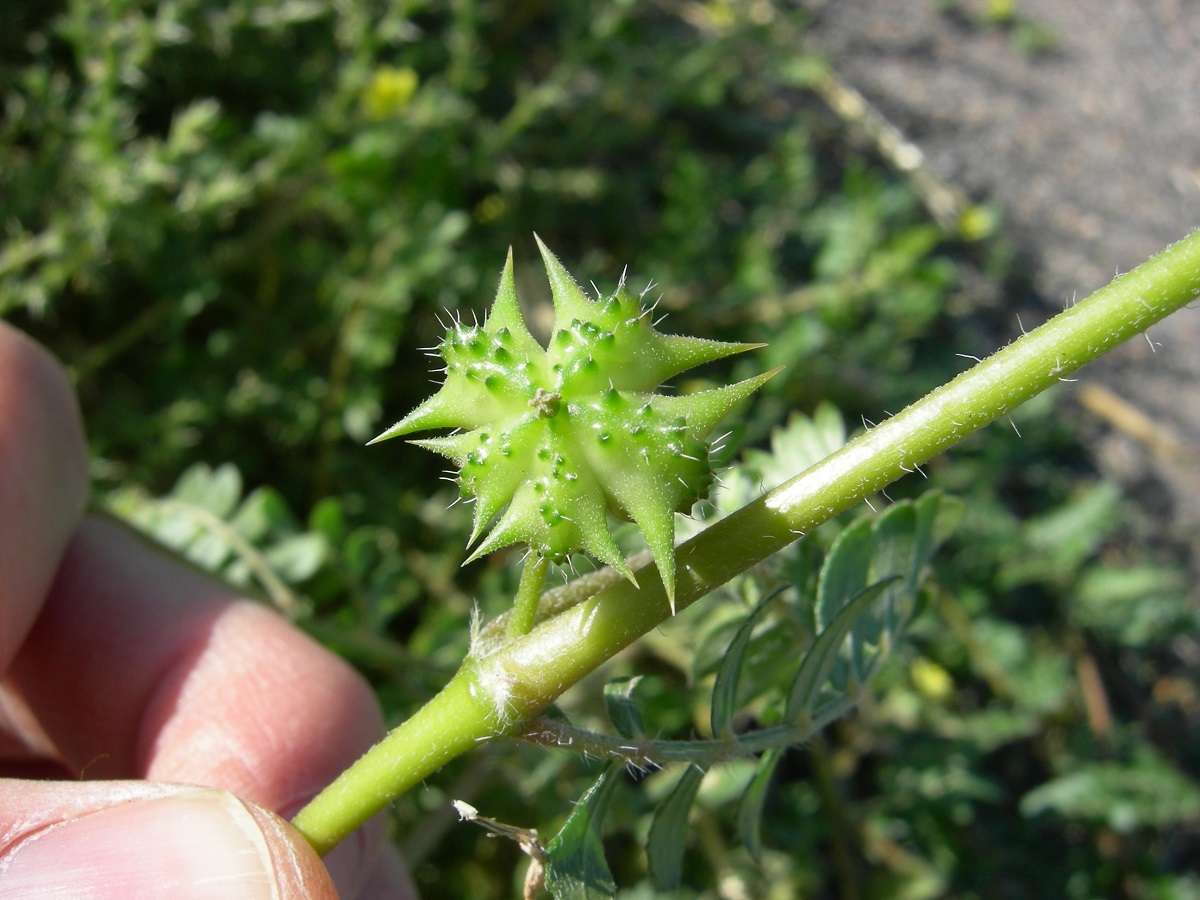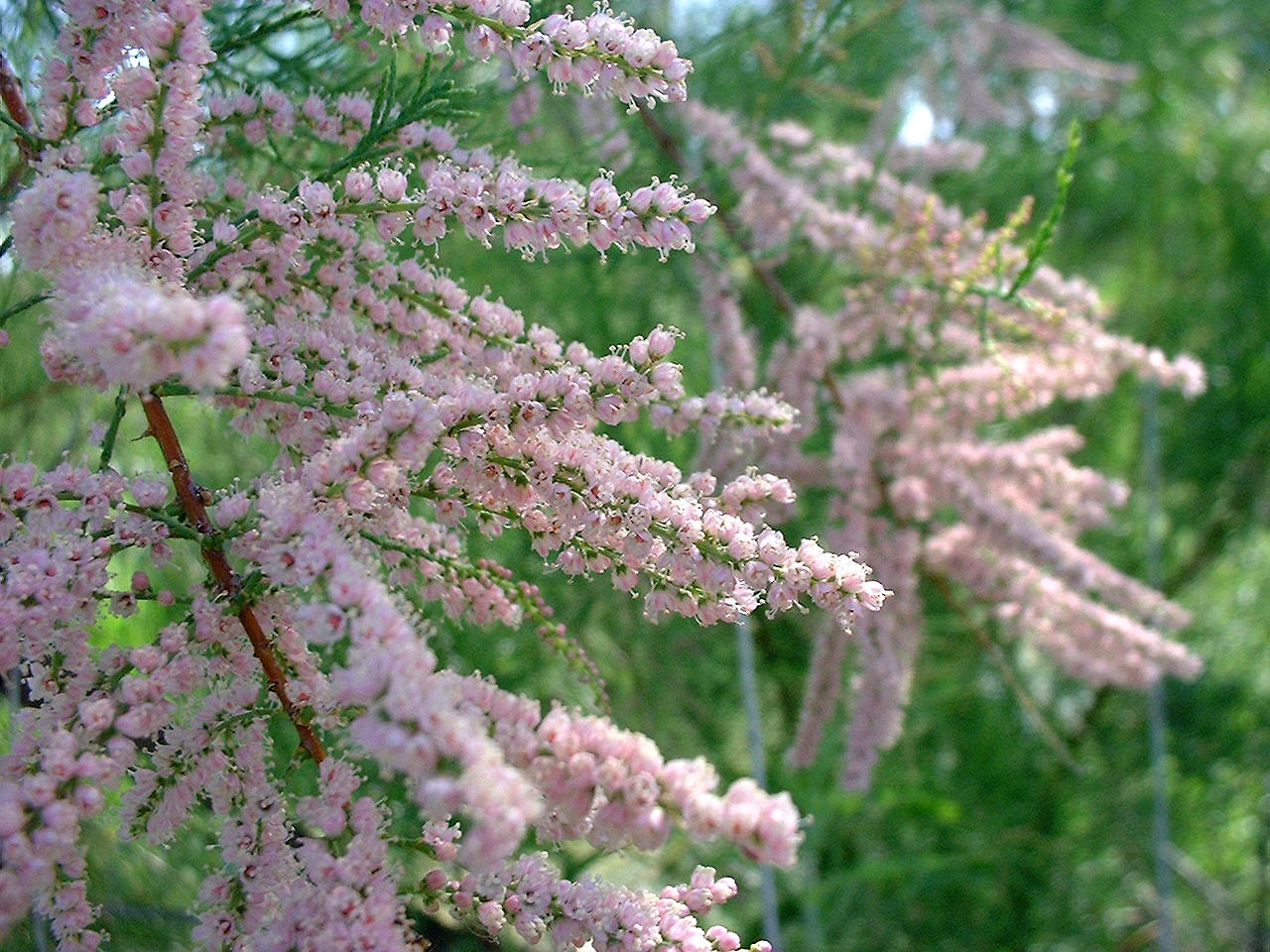Definition of a noxious weed
A noxious weed, harmful weed or injurious weed is a weed that has been designated by an agricultural or other governing authority as a plant that is injurious to agricultural or horticultural crops, natural habitats or ecosystems, or humans or livestock. Most noxious weeds have been introduced into an ecosystem by ignorance, mismanagement, or accident. Some noxious weeds are native. Typically they are plants that grow aggressively, multiply quickly without natural controls (native herbivores, soil chemistry, etc.), and display adverse effects through contact or ingestion. Noxious weeds are a large problem in many parts of the world, greatly affecting areas of agriculture, forest management, nature reserves, parks and other open space.
Many noxious weeds have come to new regions and countries through contaminated shipments of feed and crop seeds or were intentionally introduced as ornamental plants for horticultural use.
Utah noxious weed lists
As of 2023 the state of Utah has a total of 54 designated species on the Utah noxious weed list. These are separated into five different categories which have different priority and eradication goals. While all noxious weeds are a threat in Utah, special emphasis is placed on the various species that have NOT yet made it’s way into Utah. Research has proven that the earlier you can detect and respond to a new infestation, the more likely you are able to eradicate it before it spreads. This saves thousands if not millions of dollars in treatment efforts.
Report a Noxious Weed
If you spot a noxious weed please use EDDMapS (our partner website) to report it. Upon successful verification, all reports get sent to the local county weed superintendents.






